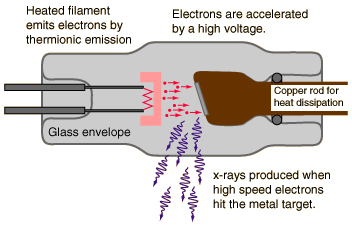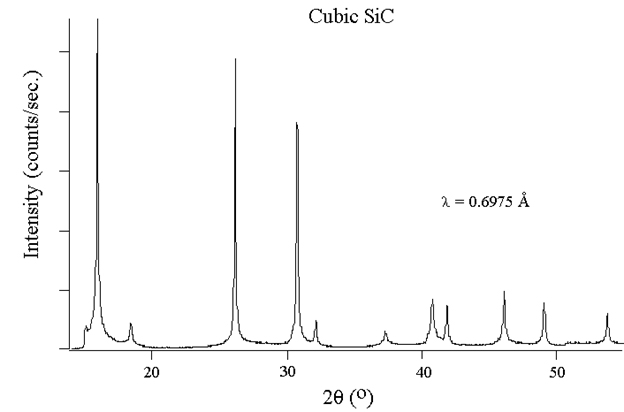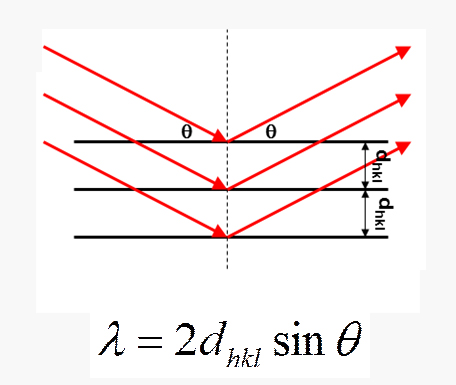April 9th 2013 Minneapolis, MN, United States
Angstrom Advanced Inc was invited to Minneapolis, MN to speak about the future of using Hydrogen (Steam Reforming and PSA technology) to improve Biomass development and economy, at the 2013 International Biomass Conference and Expo.
"Today we focus on hydrogen-from-biomass. As a renewable energy source, biomass can either be used directly, or indirectly—once or converted into another type of energy product such as bio-fuel.
By processing biomass through various routes, we can get lots of products such as bio oil, biogas, biodiesel, ethanol… but it’s better to transform them further to hydrogen through reforming reaction while collecting the carbon dioxide meanwhile.
The most important reason we adopt hydrogen as final energy carrier instead of other forms is the inherit properties of hydrogen:1) clean, 2) inexhaustible, 3) high energy density. " More articles will be released about using Angstrom Advanced Hydrogen in Biomass projects. Please pay attention to our press releases and subscribe to our blog to see latest product updates and advances in technology.

























